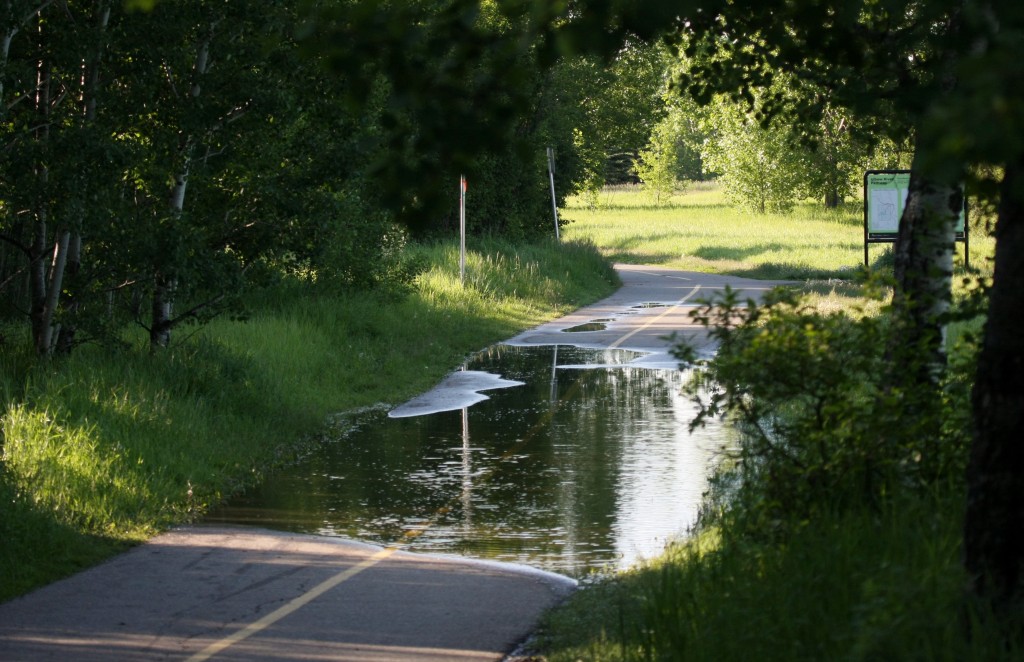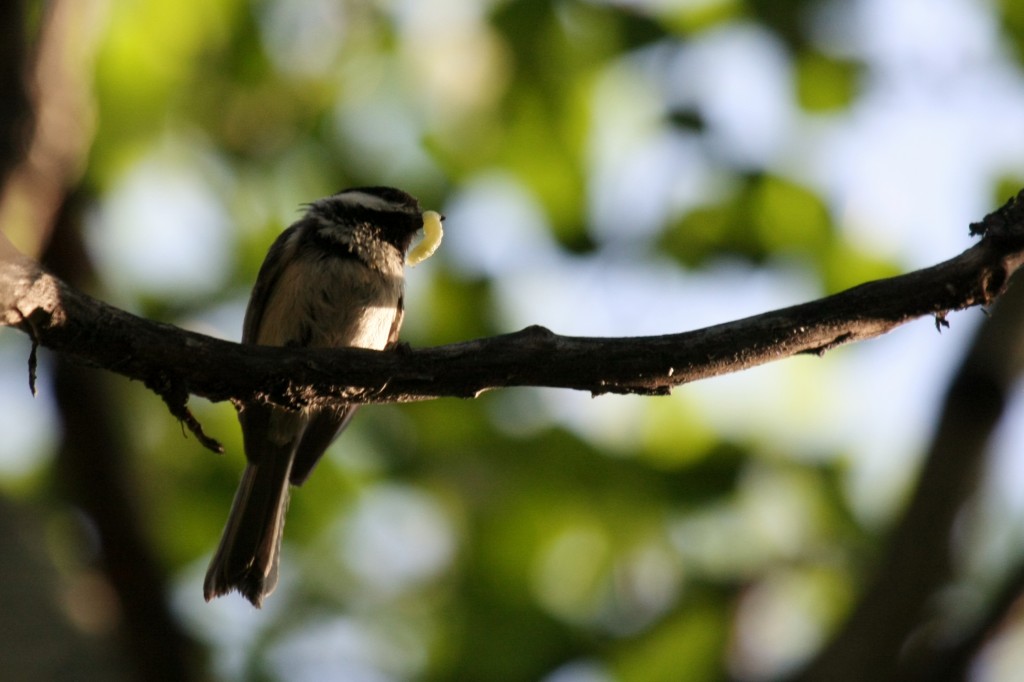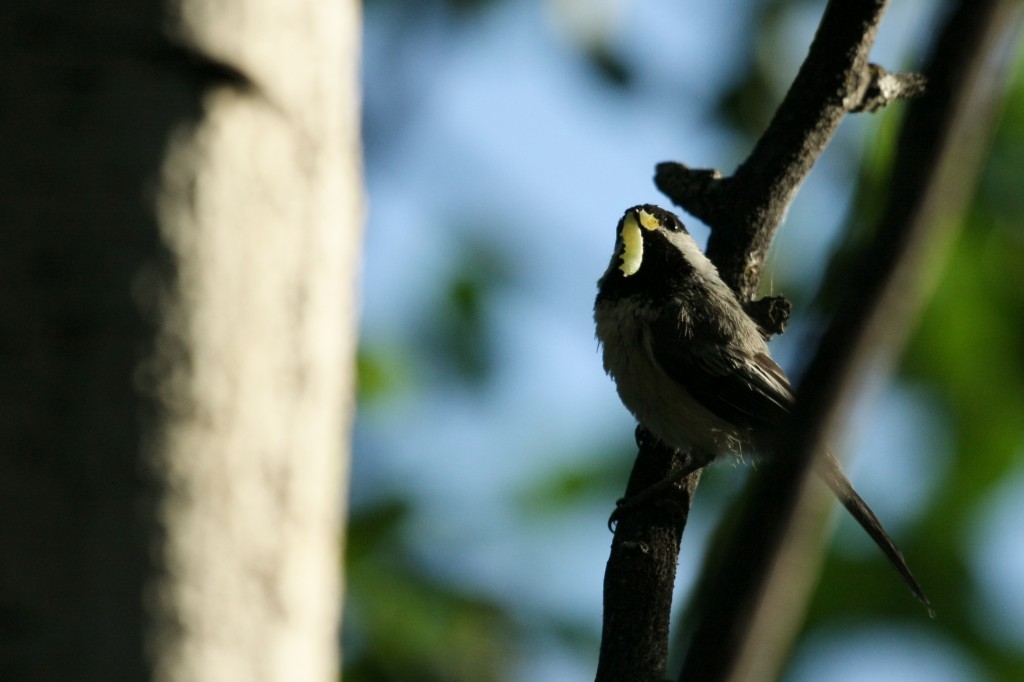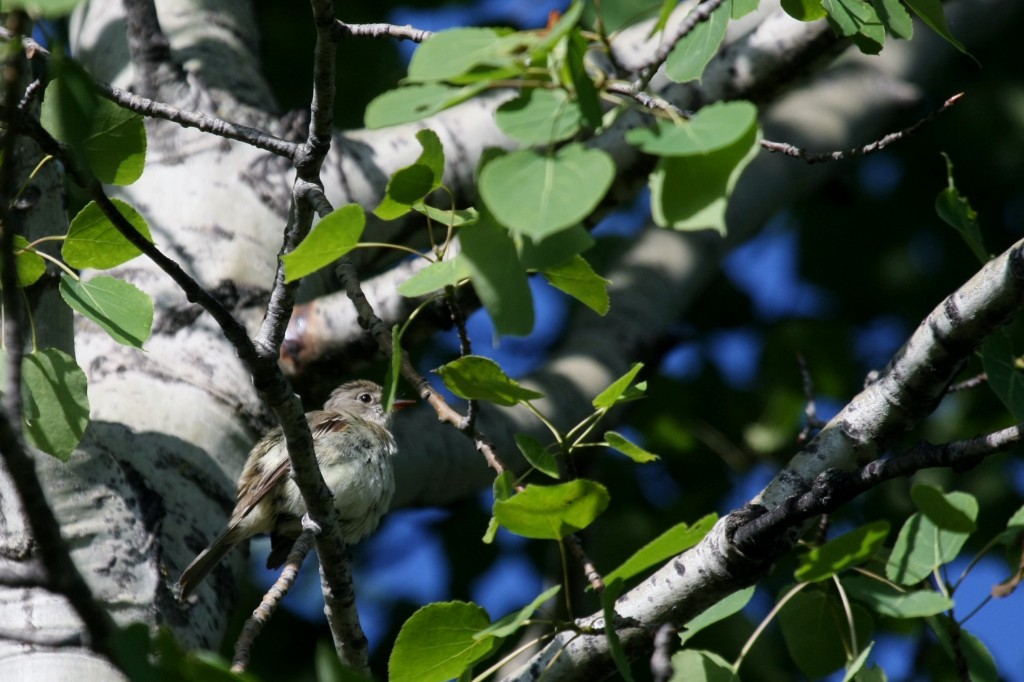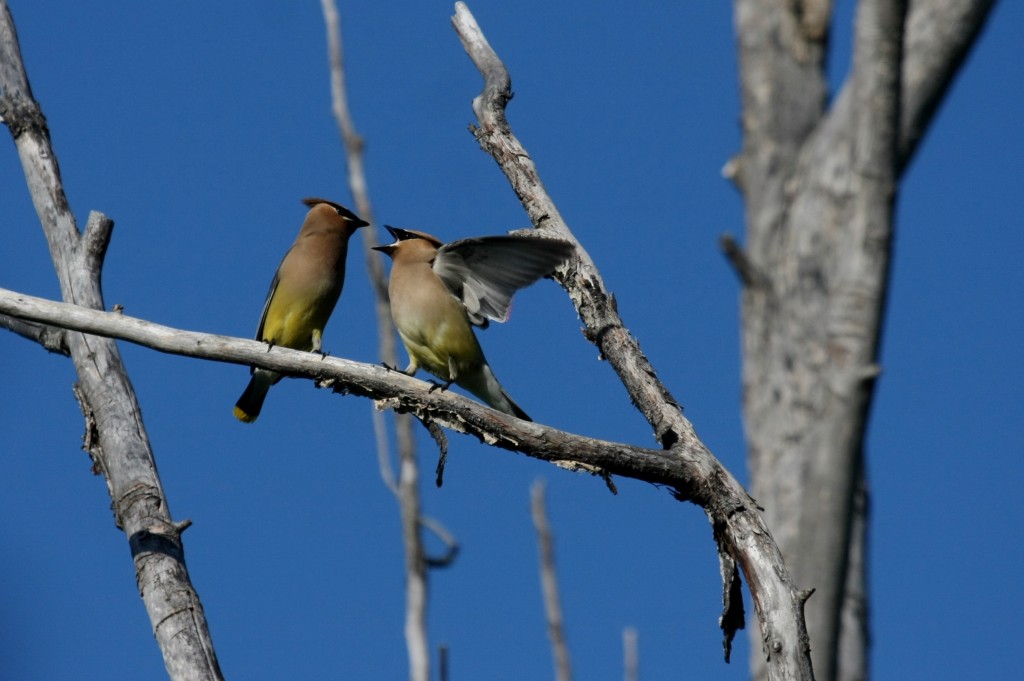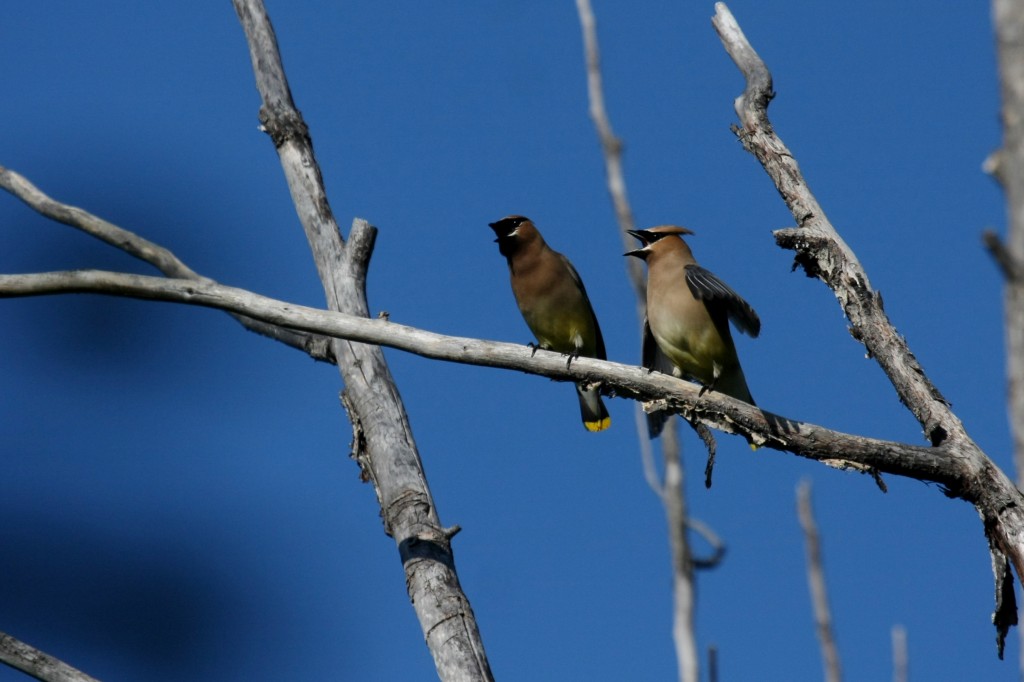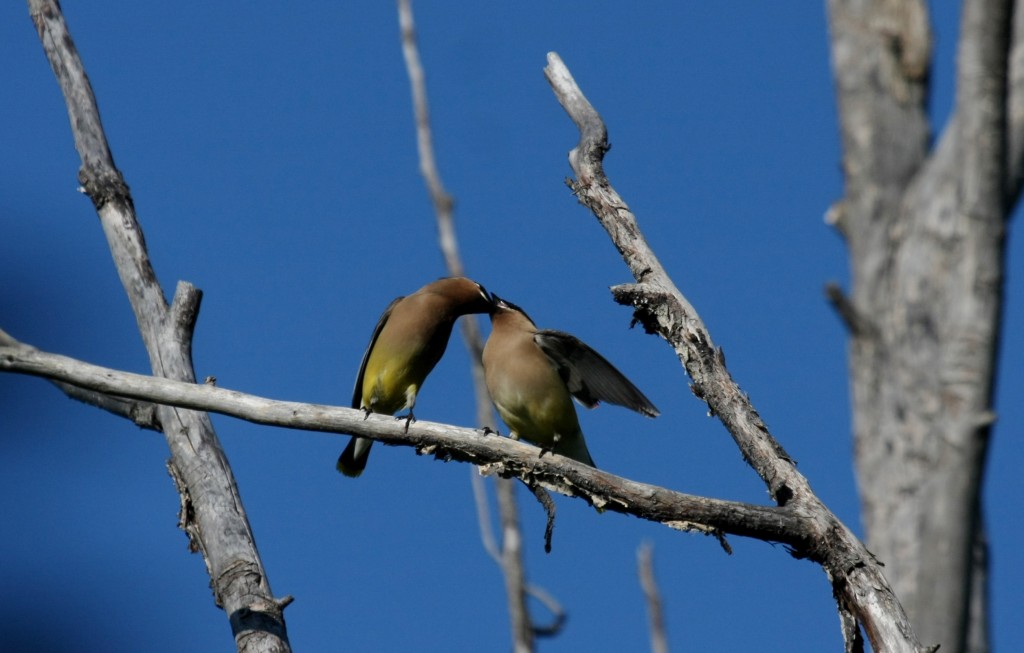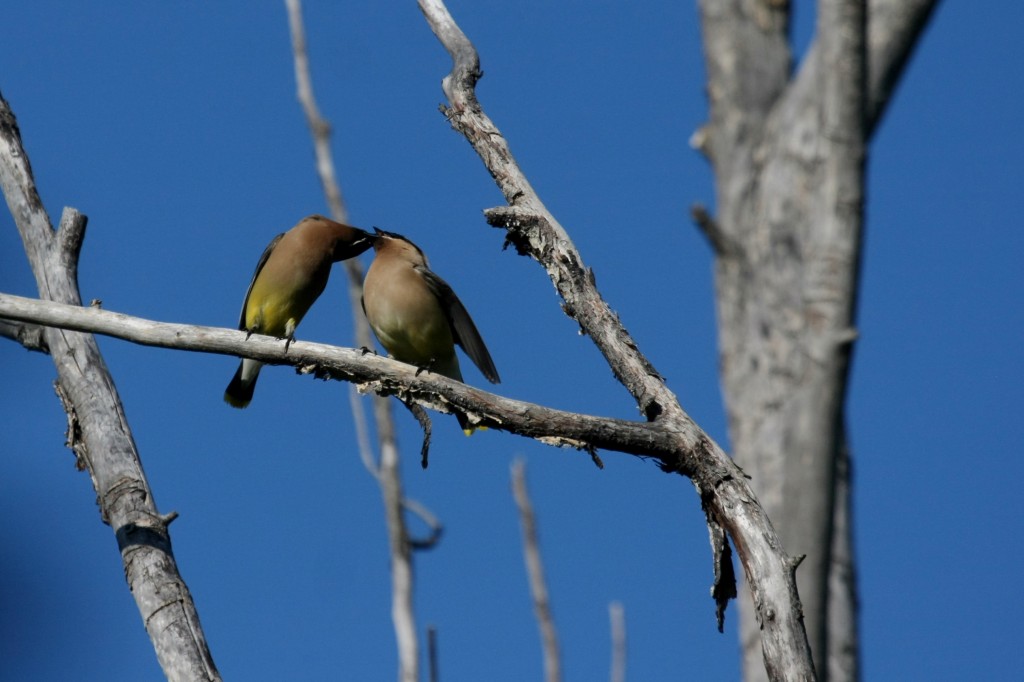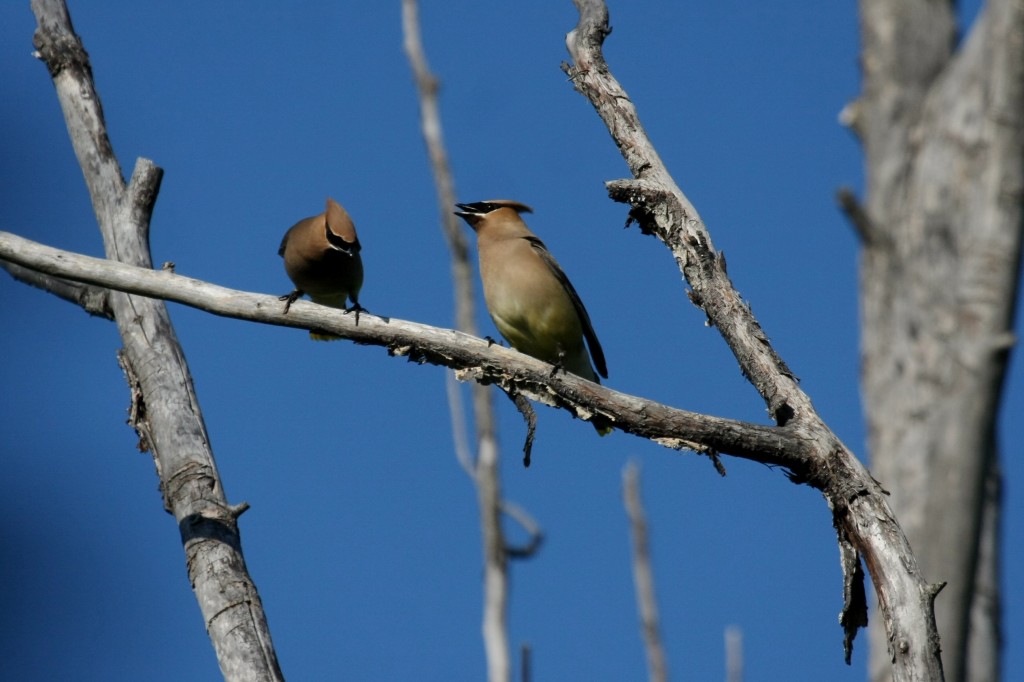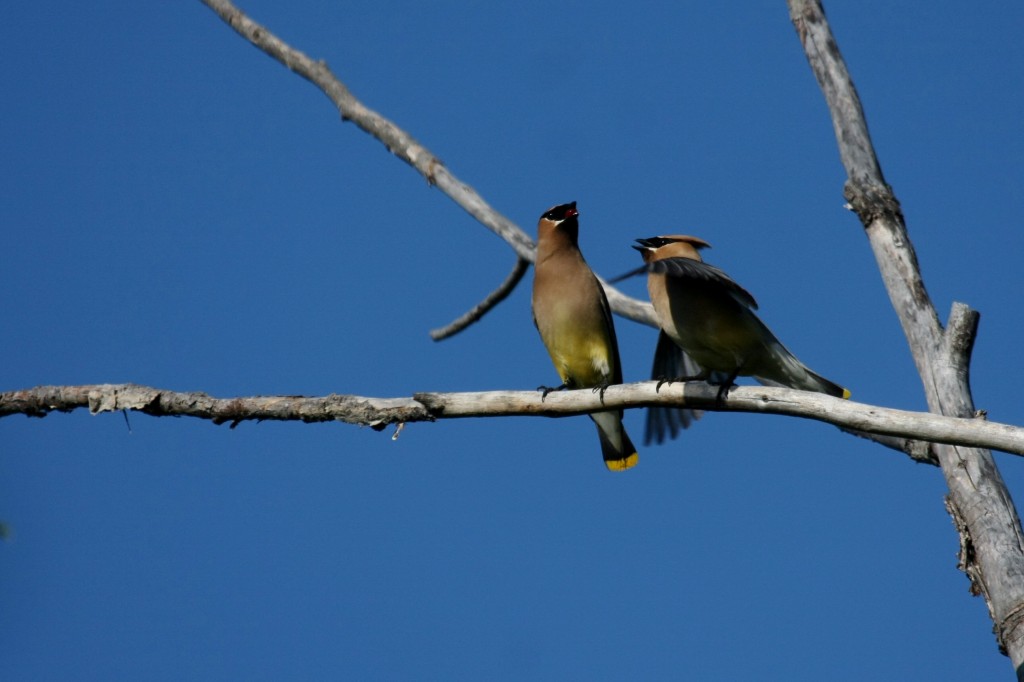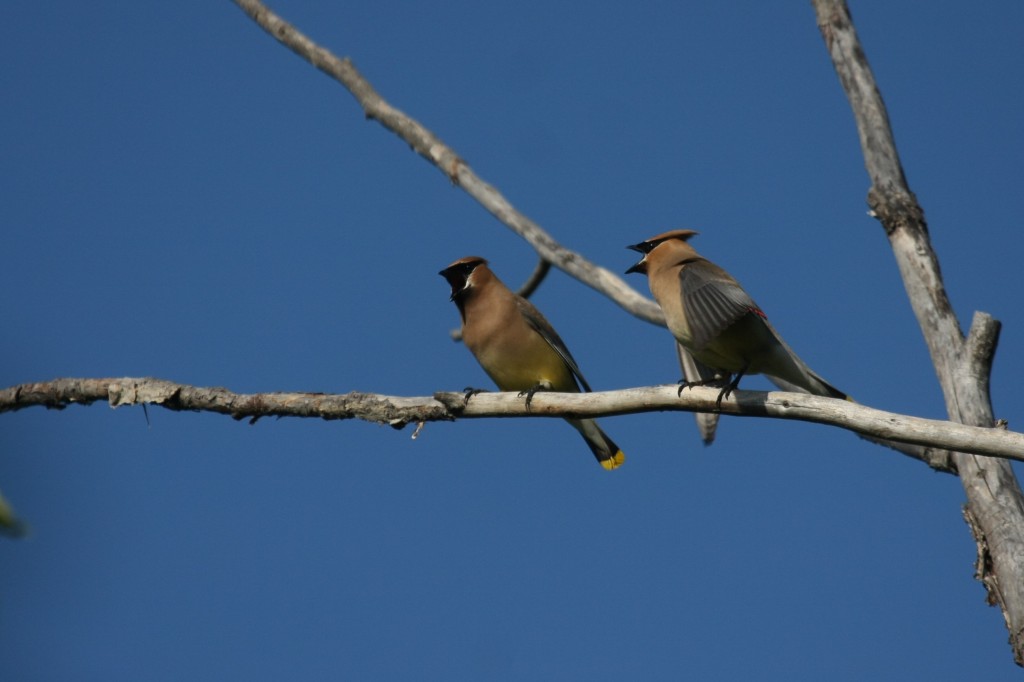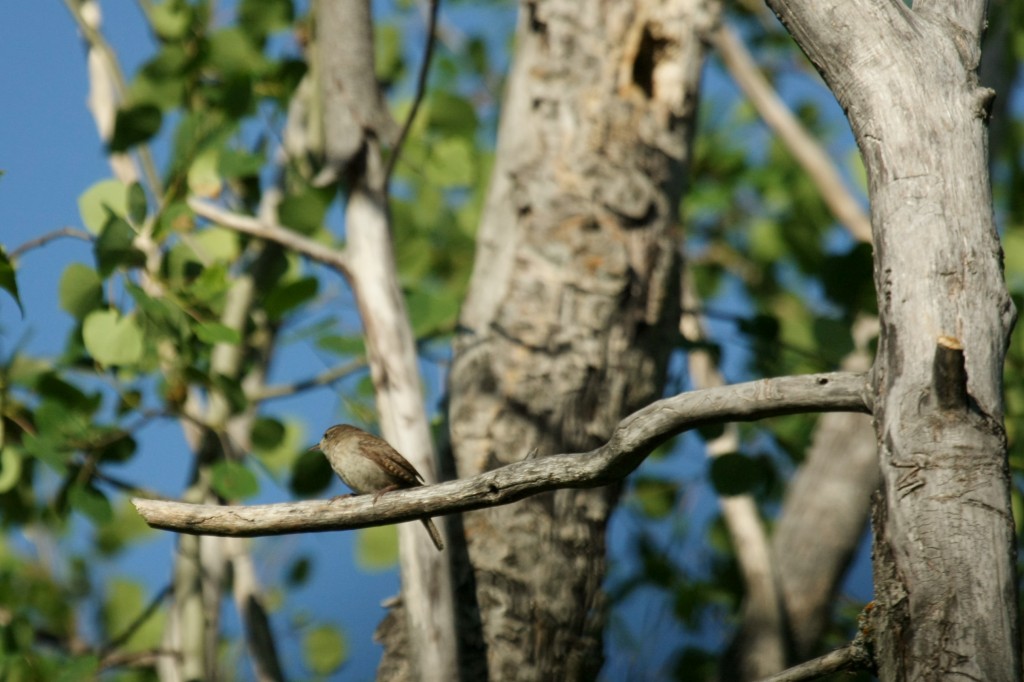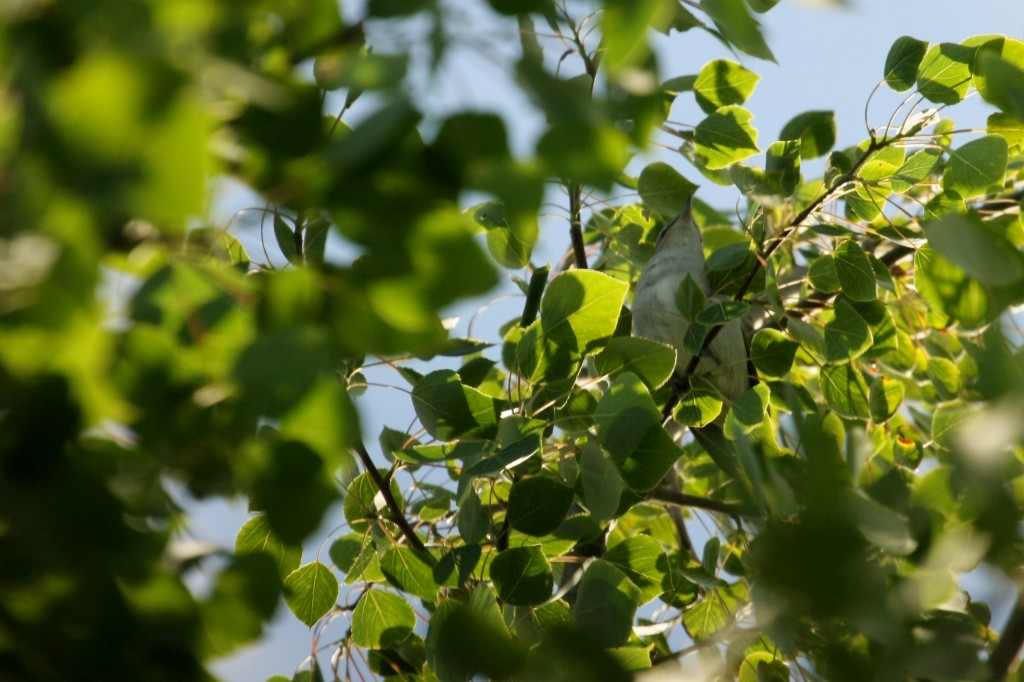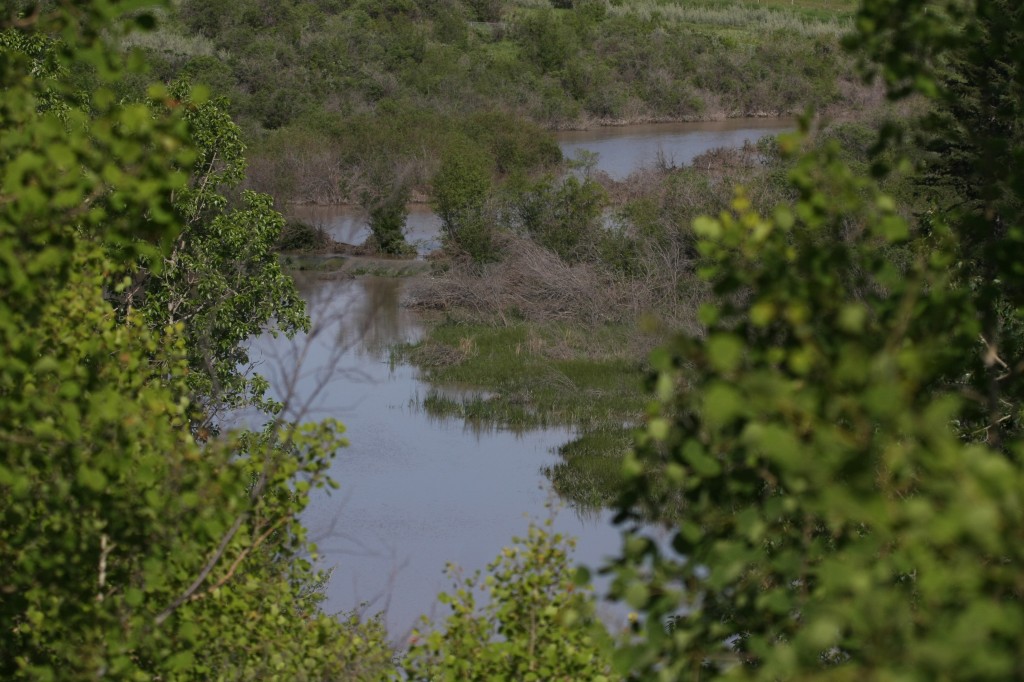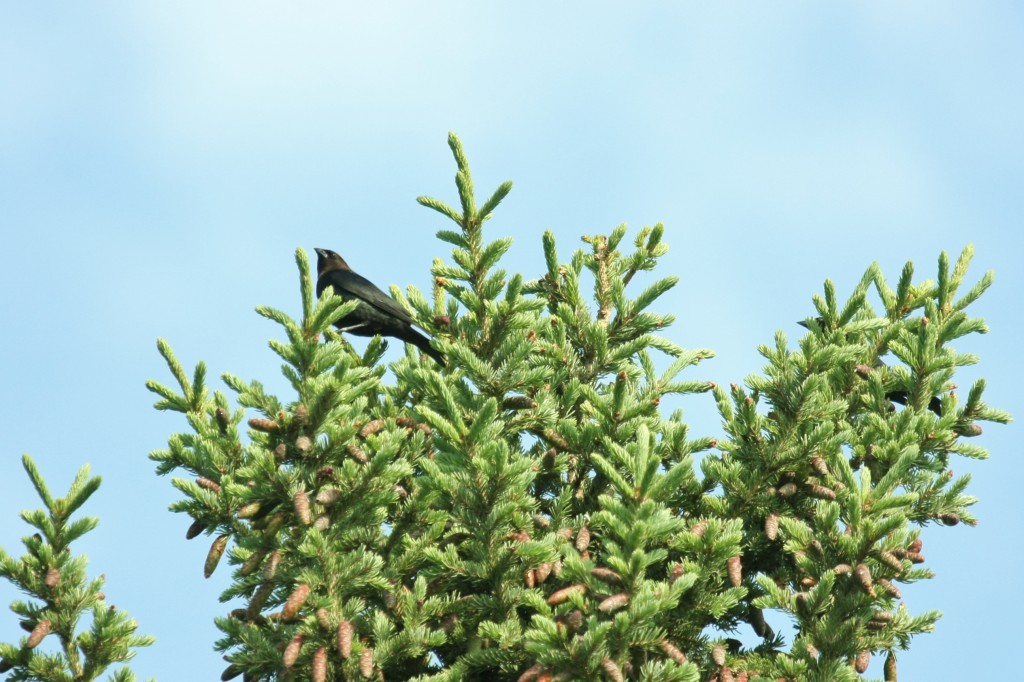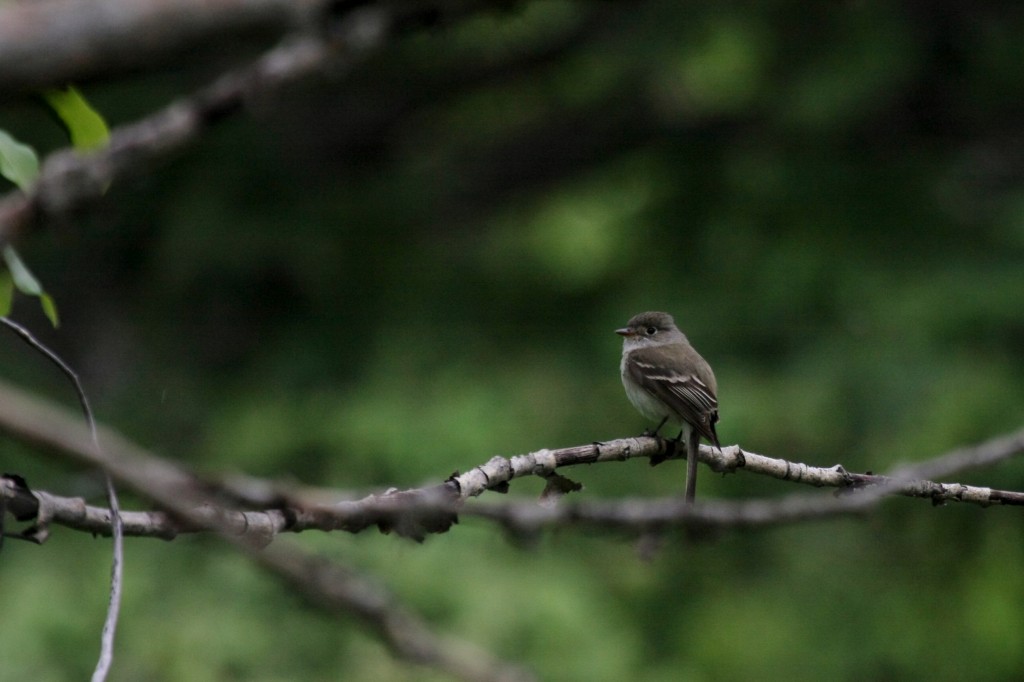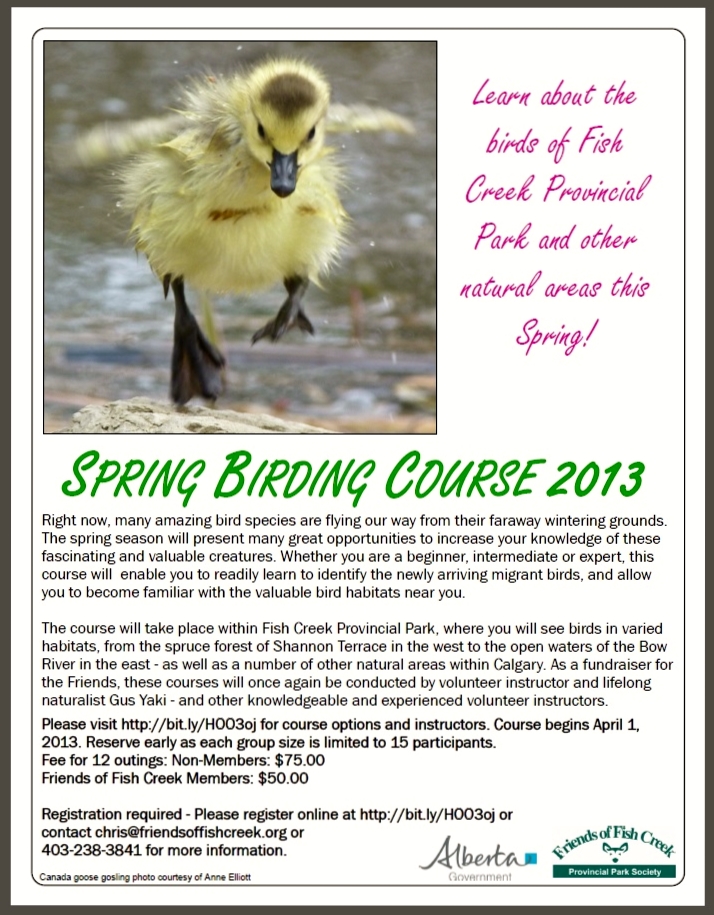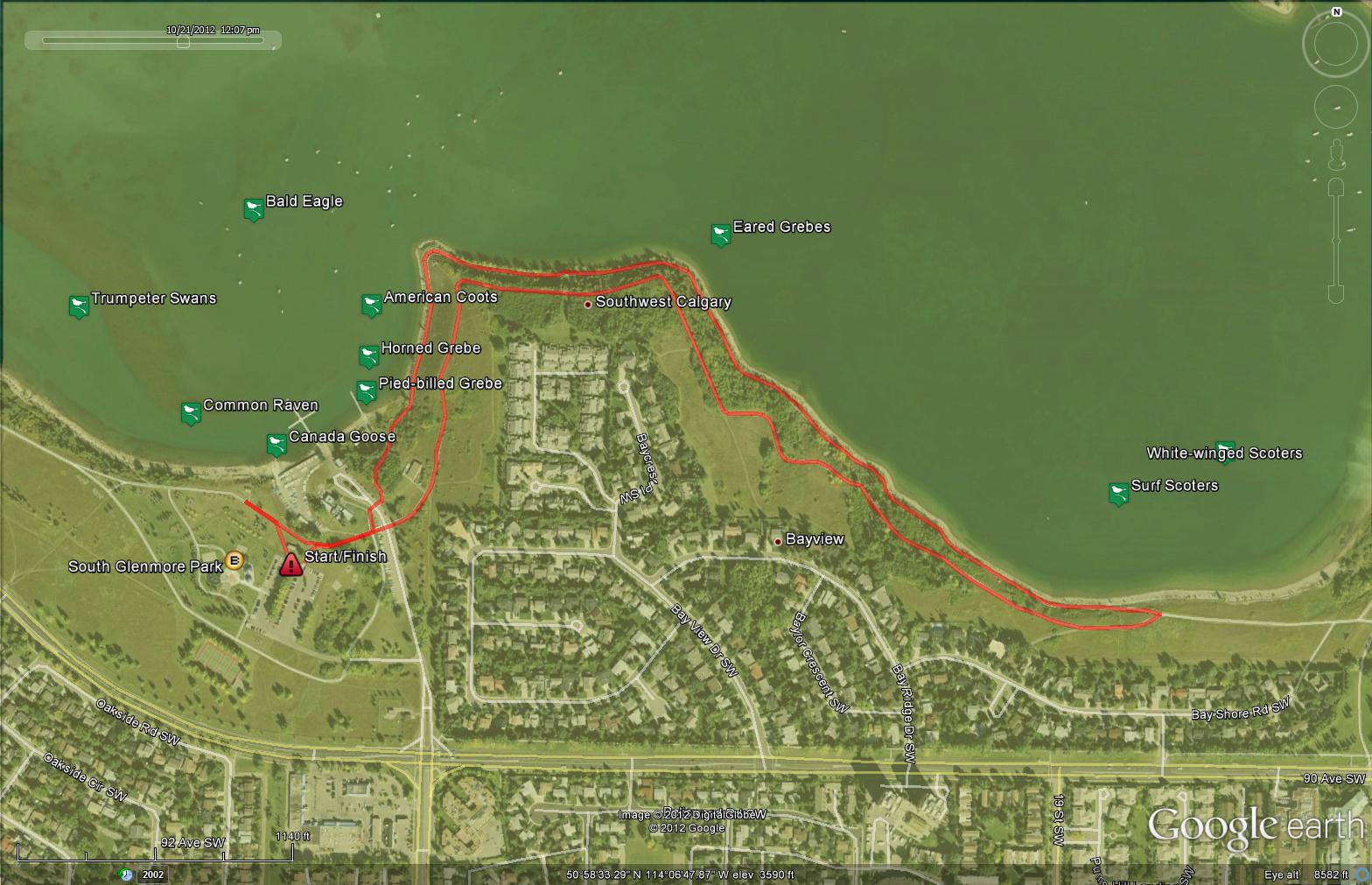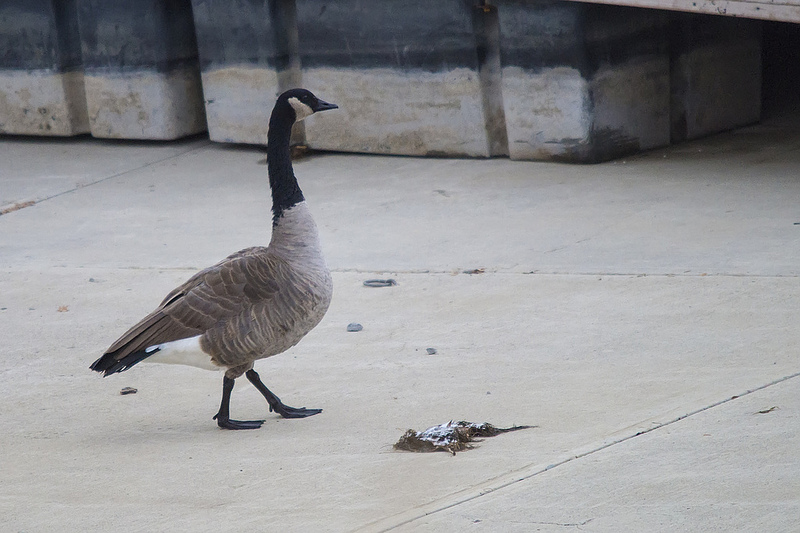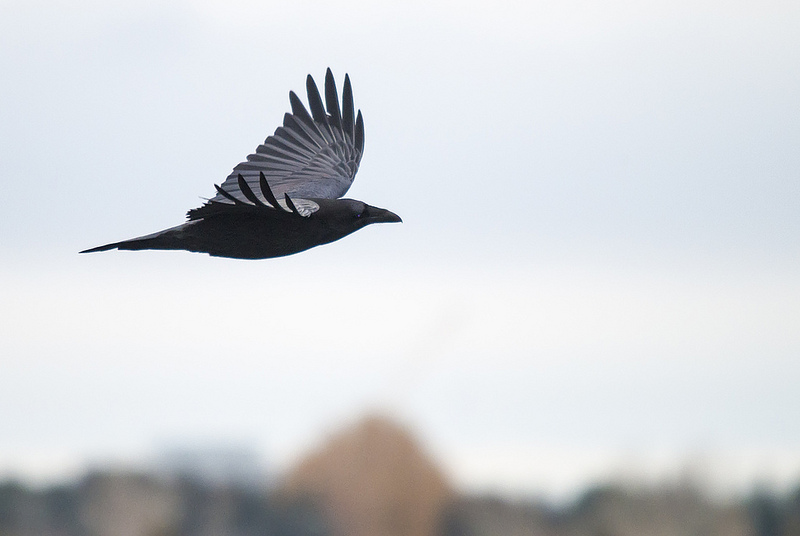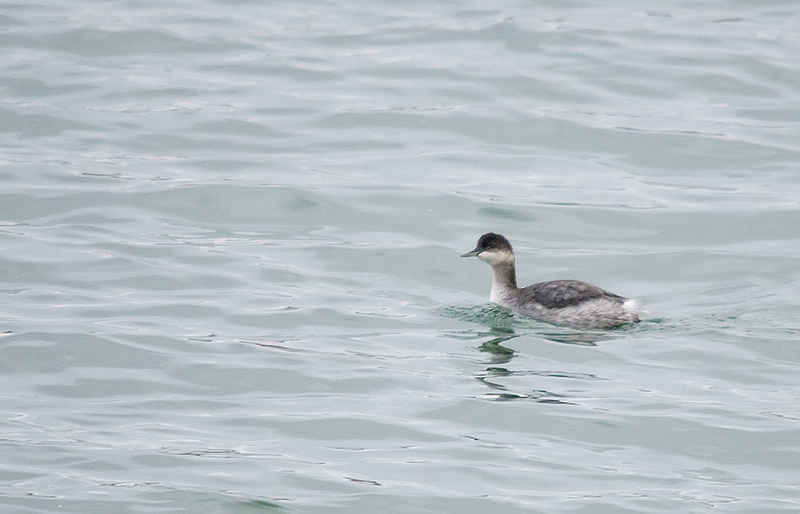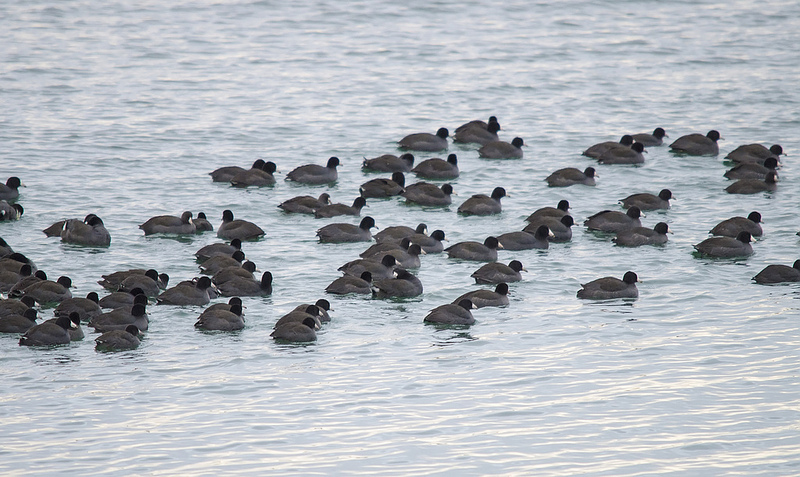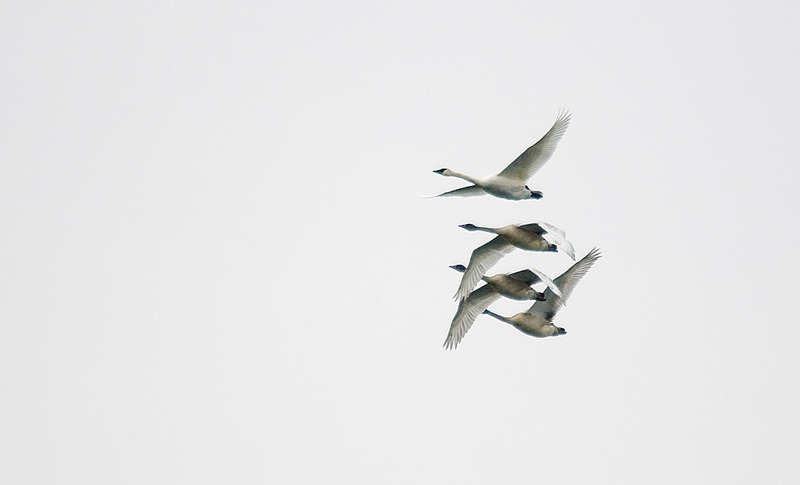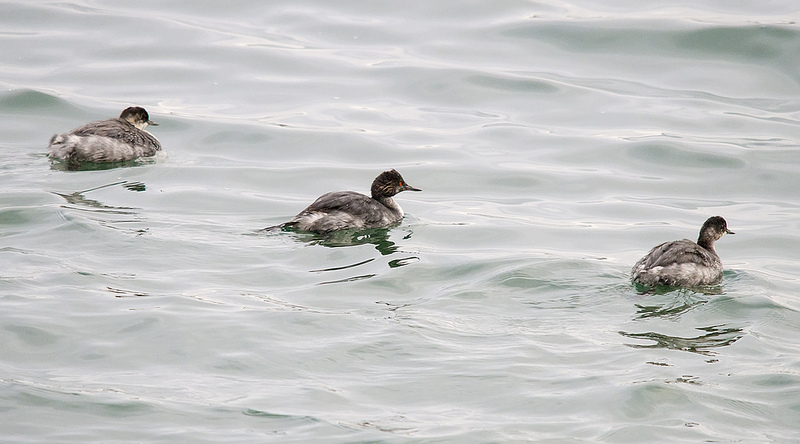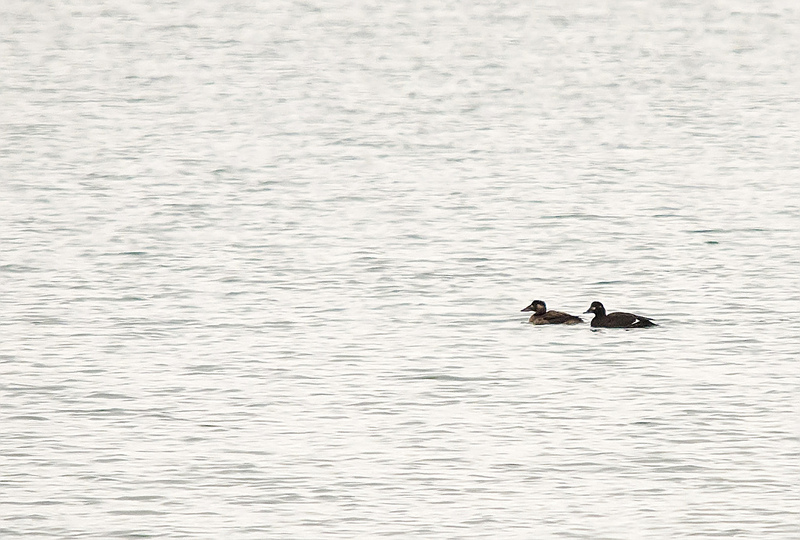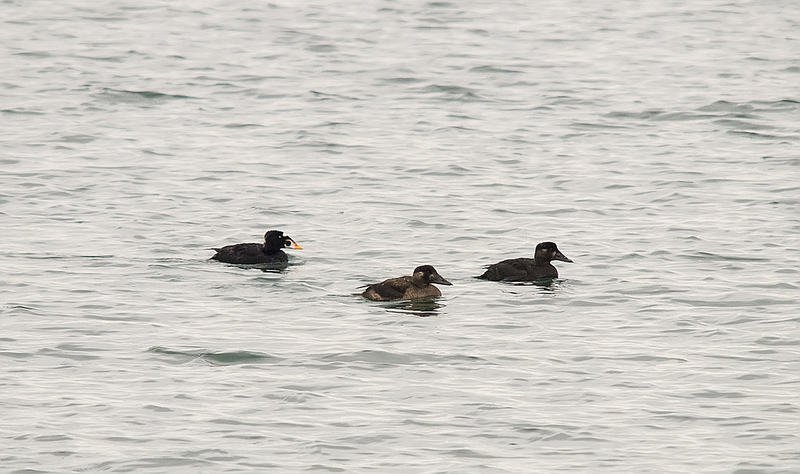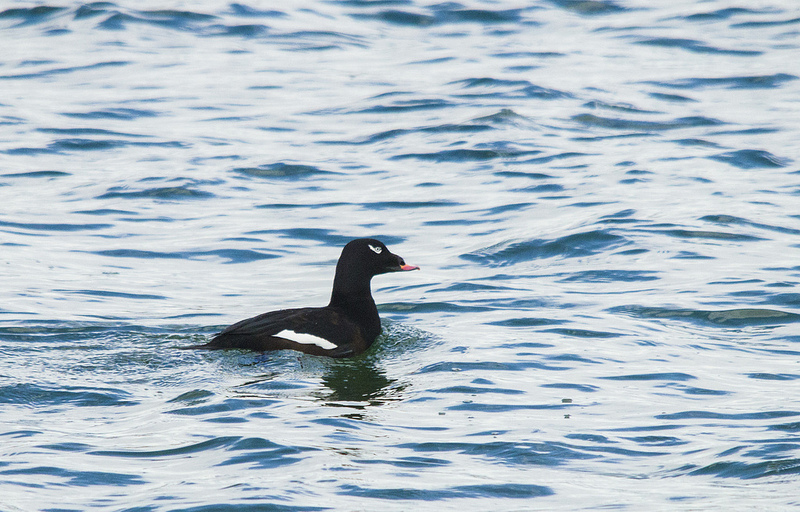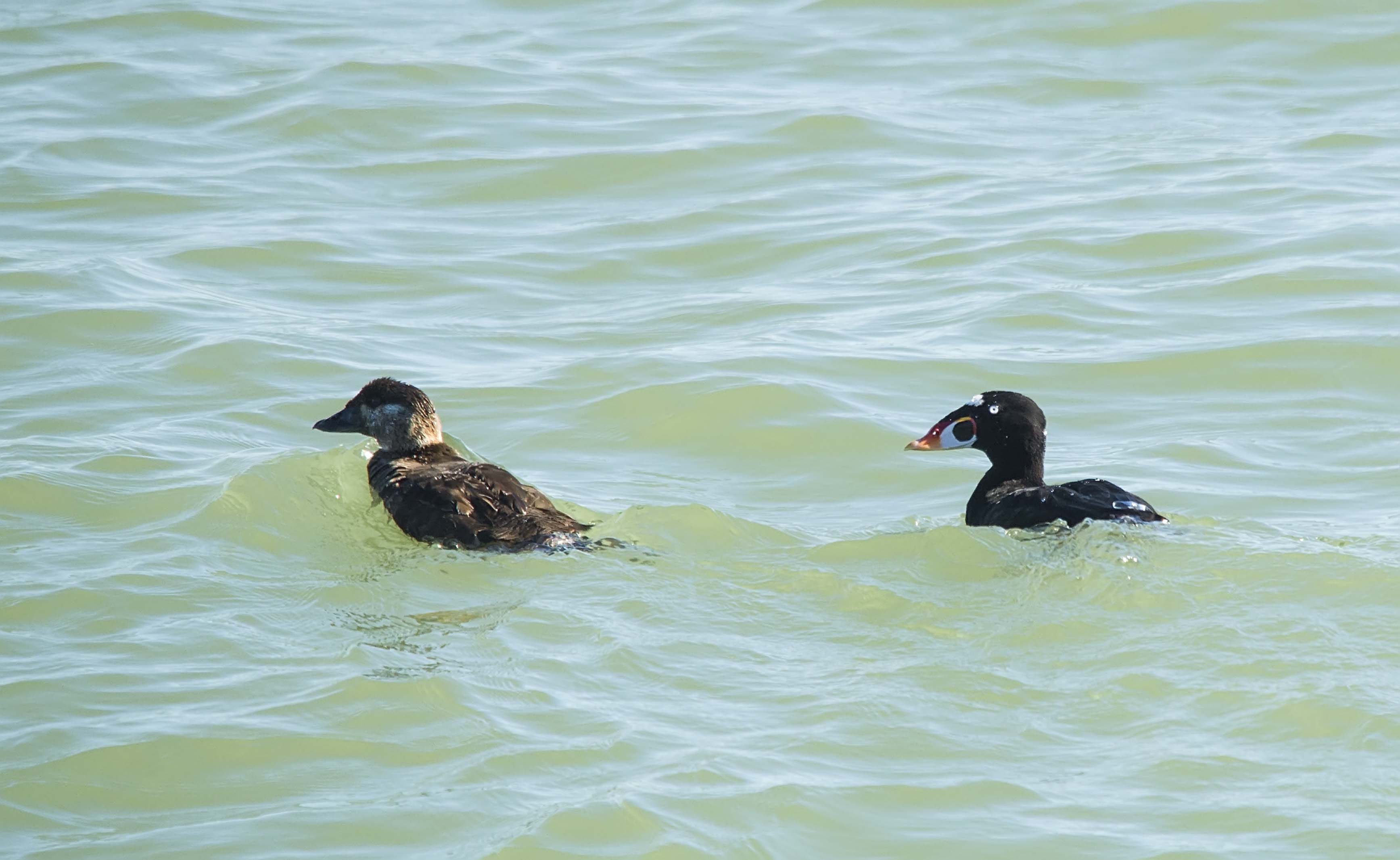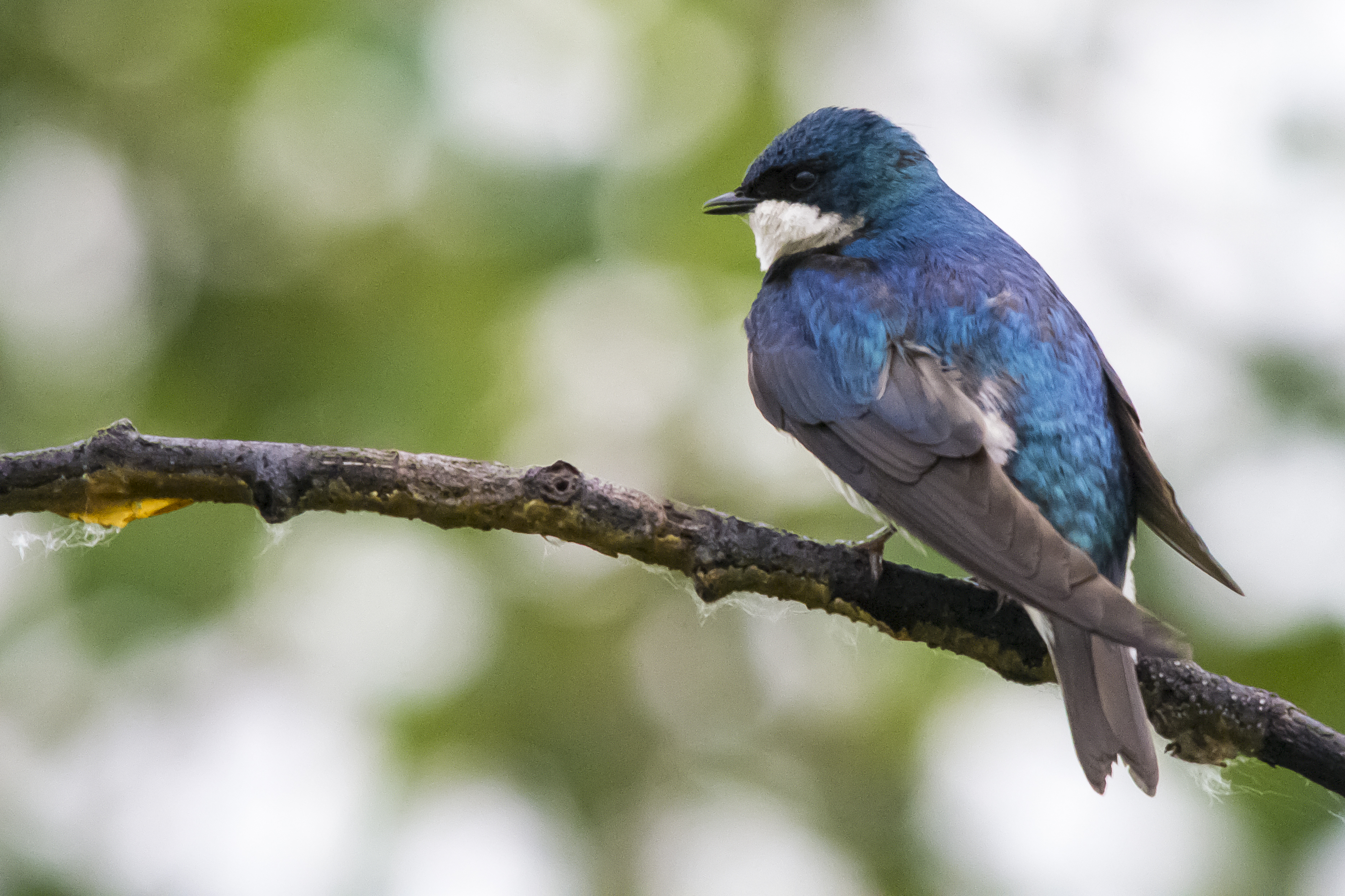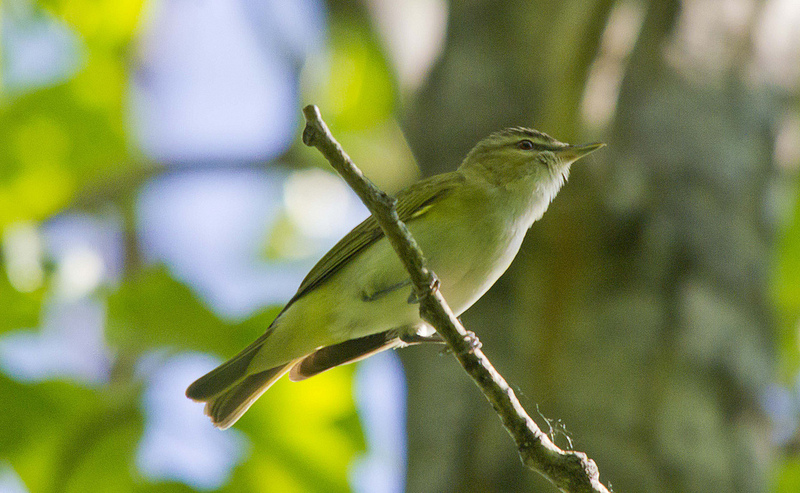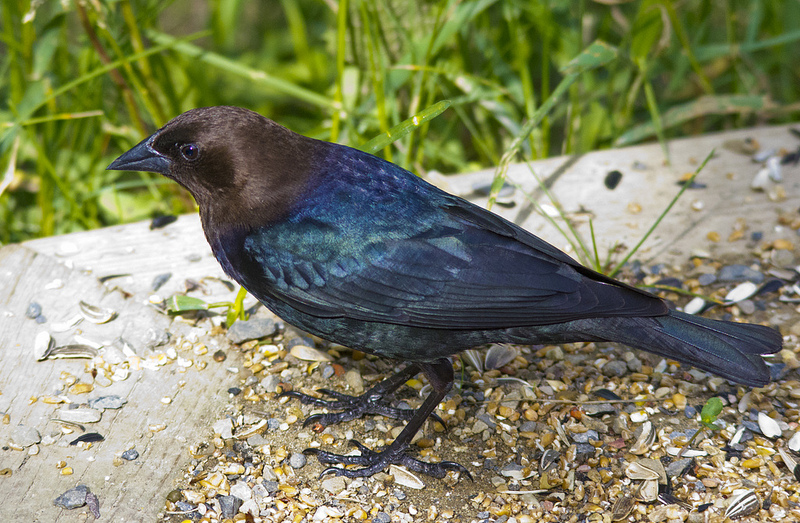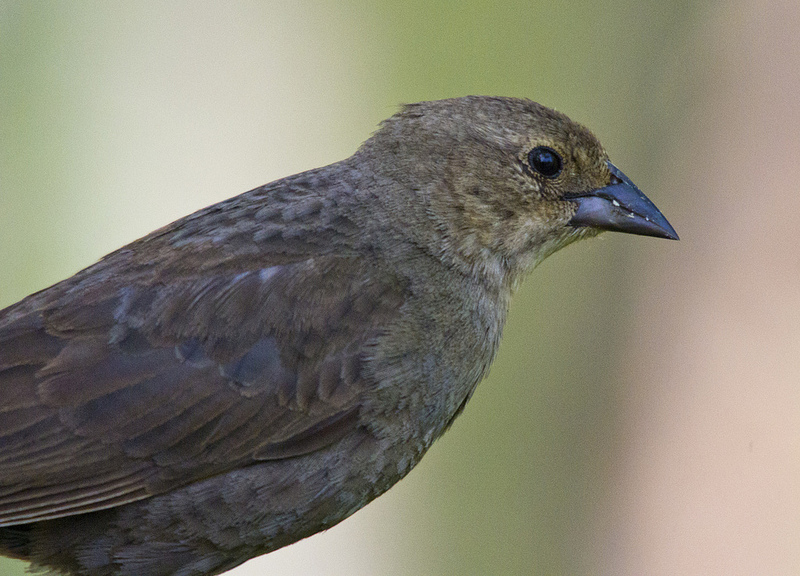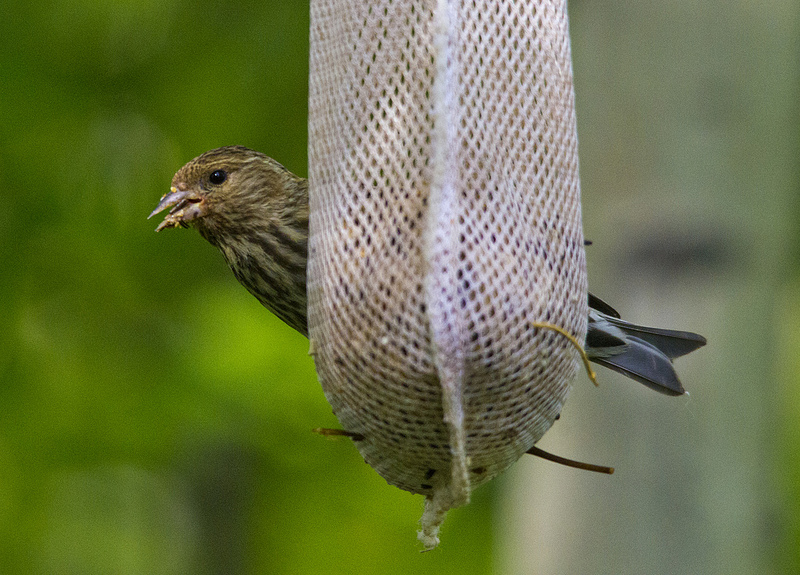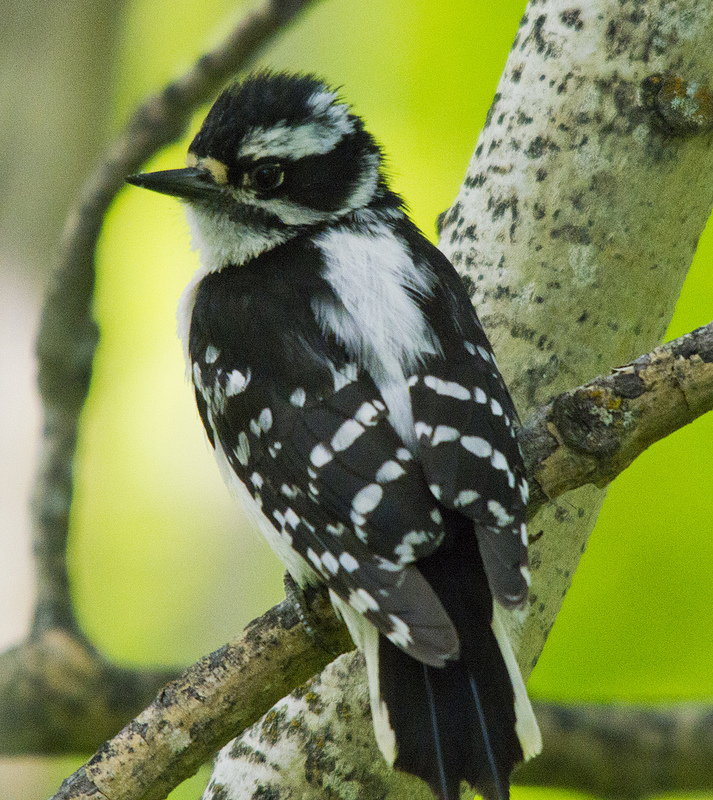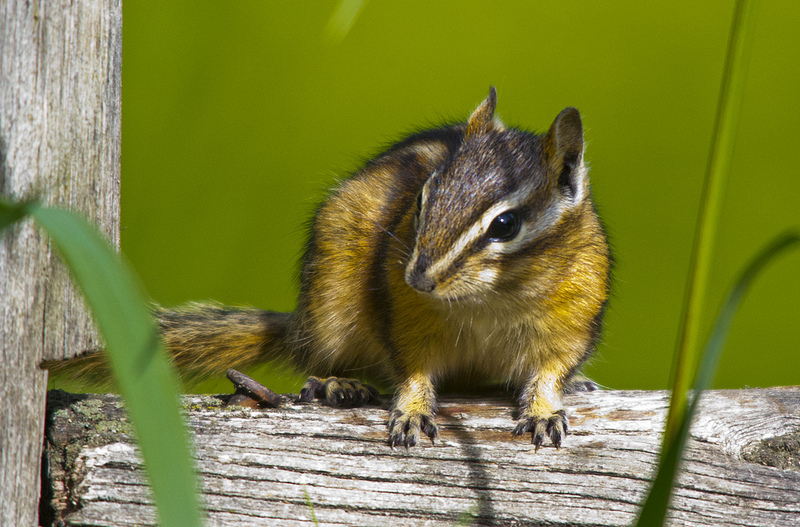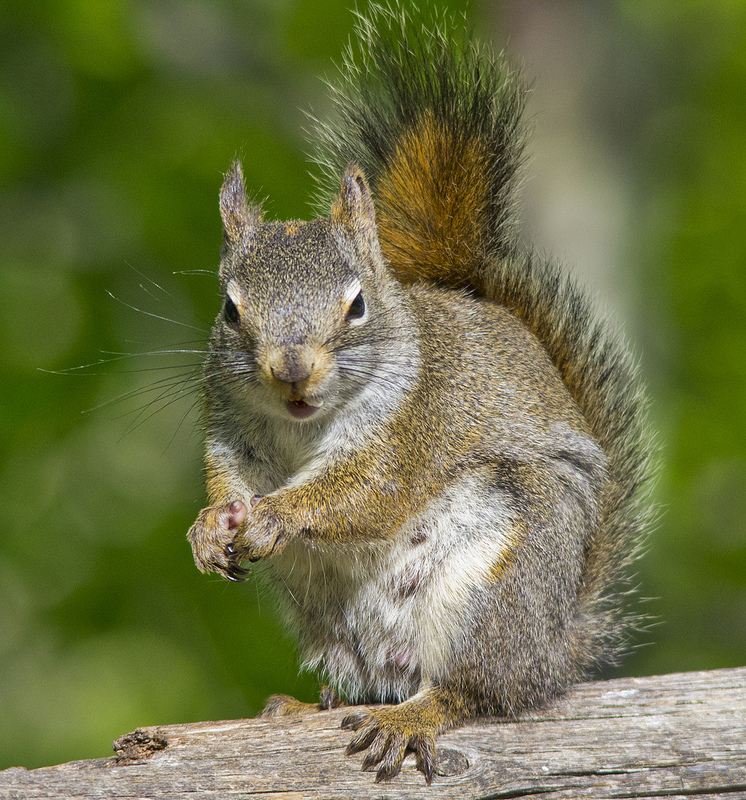Posted by Bob Lefebvre
It was an interesting week in Calgary, to say the least. Massive flooding has caused enormous damage along the Bow and Elbow rivers, and forced tens of thousands of people from their homes. Dan Arndt, who leads the Friends of Fish Creek birding course group with me on Sunday mornings, and who normally blogs about our walks here, was one of those evacuated. He left the city to spend a few days camping in SE Alberta. Thankfully, his home was not damaged and he was able to return late Sunday.
I wasn’t sure we would be able to proceed with our walk last Sunday, but since South Glenmore Park was not directly affected by the flooding, we did go ahead. (Griffiths Woods Park, where the group birded he previous week, is completely submerged.) We decided to stay on the relatively dry ground of the paved path that runs well above the Glenmore reservoir.
This was the most water we had to deal with.
We found a pair of Black-capped Chickadees by their nest hole, and this one had found a meal for the young.
The chickadee went in the nest hole, and after a minute emerged carrying a fecal sac. The parents will remove these to keep the nest clean while the young are in it.
We saw and heard quite a few Least Flycatchers on the day. This one was sitting quietly.
Some birds were just getting started on their breeding activities. This pair of Cedar Waxwings were engaged in their mating ritual, in which the female would beg and flutter her wings, then the male would appear to feed her. Cedar Waxwings often pass food back and forth as part of their breeding behavior.
Another very common bird, singing loudly throughout the park, was the House Wren. They seem to have quite small territories, as you could sometimes hear three birds singing at once.
We heard about ten Red-eyed Vireos singing. They can be very hard to find in the leaves at the top of the Aspens. We did manage to track one down so our group could get a look, but this is the best photo I could get.
We arrived at the lookout above the Weaselhead and saw that the the two ponds were almost joined, with only the raised paved path separating them.
This lookout is a clearing in the woods with two benches. Birders have set up feeders there, and although they were well-stocked, no birds came while we were there. This can be a great spot at times (maybe earlier in the day). See my post The Lookout from June 2011. The only birds we saw were Brown-headed Cowbirds.
From the lookout we could hear a distant Brown Thrasher, and an Eastern Phoebe down by the pond. We were relieved when we arrived at the pond to see that the high-water mark was below the deck of the wooden bridge where the phoebes nest, so their nest should be OK.
Eastern Phoebe.
On the walk back we heard a Rose-breasted Grosbeak singing, and it turned out to be the hybrid Rose-breasted/Black-headed Grosbeak which has been in this area for the last two summers. Although I didn’t get a good photo, we did manage to see it. Since this was the last outing for the Spring birding course, it was a good bird to finish with.
One of our participants, Tim Hopwood, who is an excellent photographer, was out that day with the 9 am group. He managed to get some great shots of some of the birds we saw plus others as well. I will post his photos here tomorrow.
